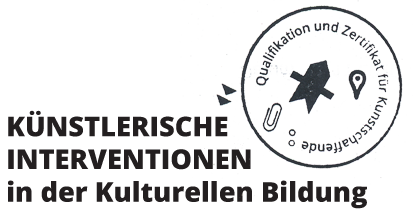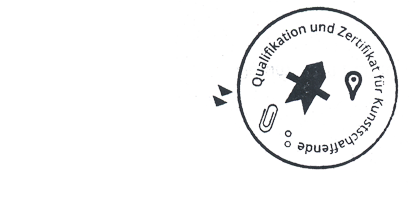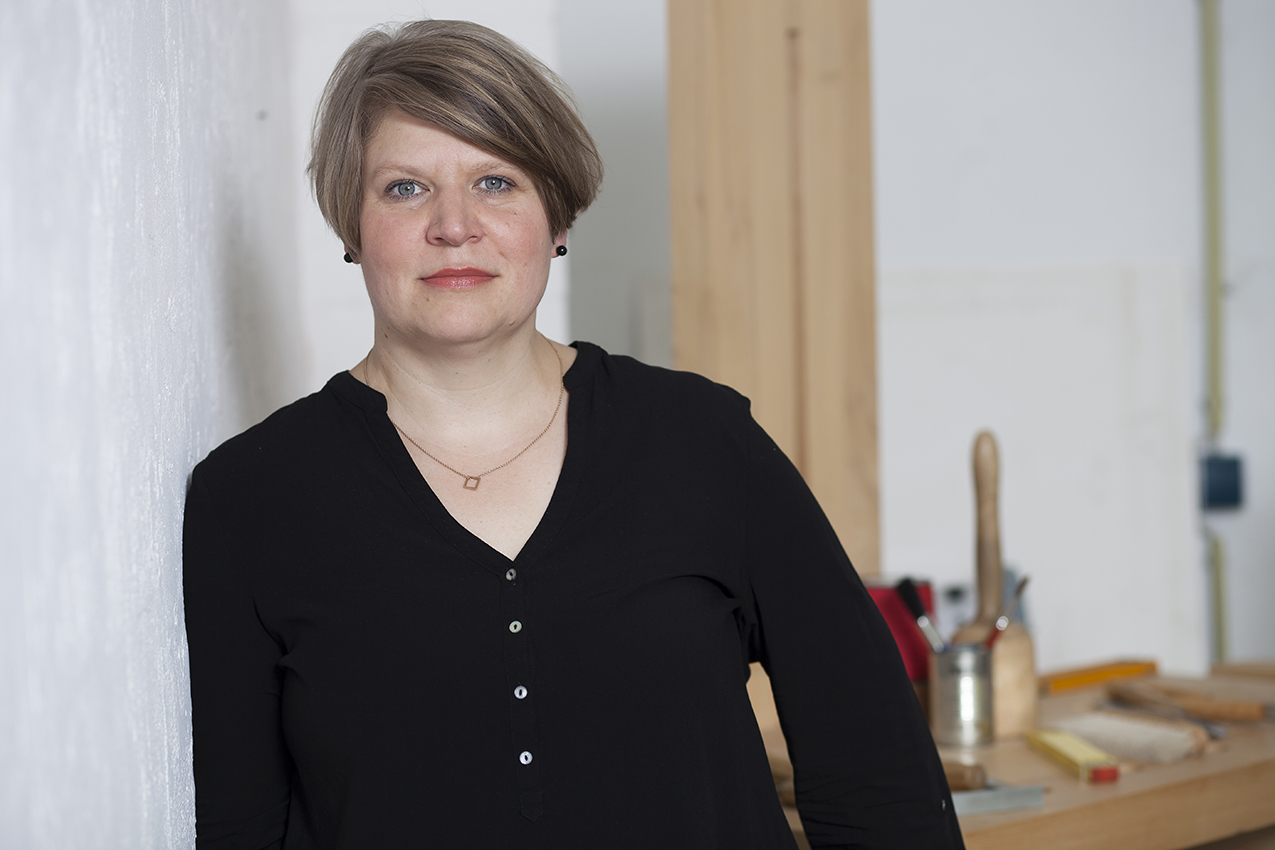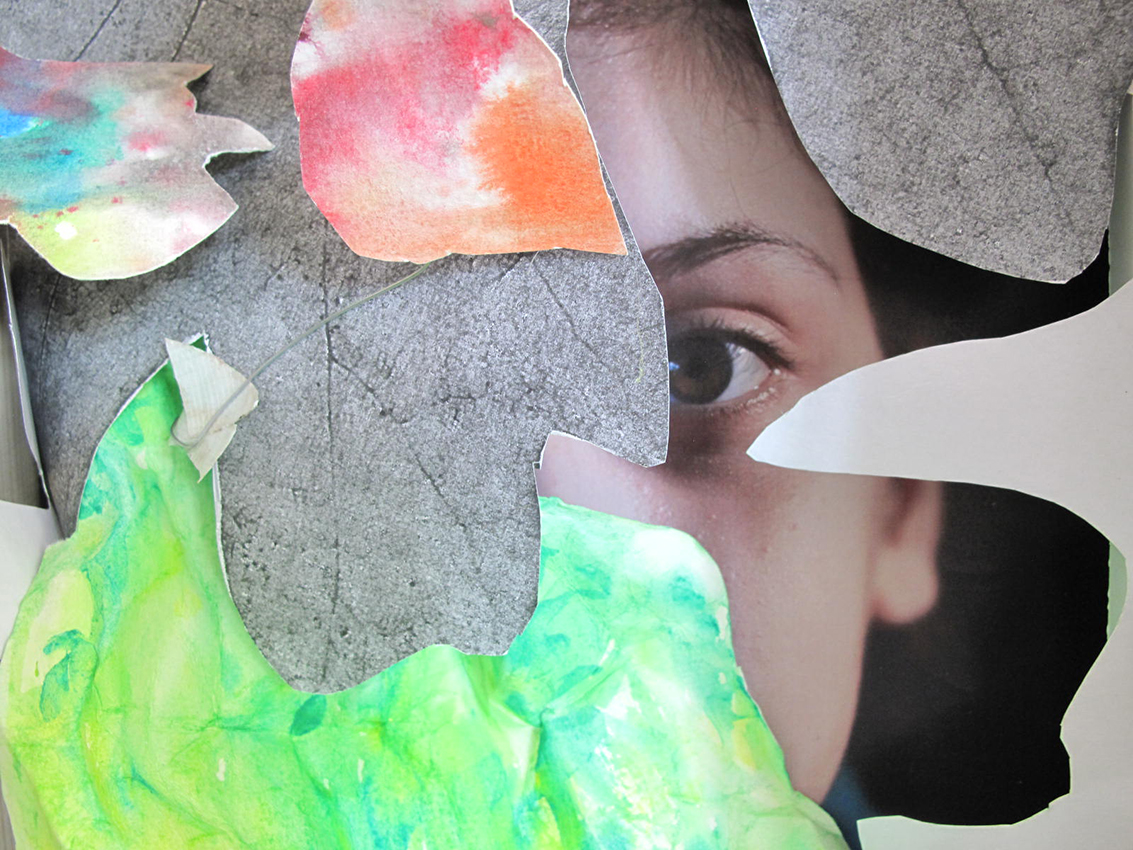



Following her training as a wood carver, Kristin Lohmann (*1976) studied Free Fine Arts with a focus on sculpting at the Academy of Fine Arts Mainz (distinguished as a Master Scholar) and did visiting studies at the Academy of Fine Arts – Städelschule in Frankfurt am Main. She ran numerous art projects with children and youths as well as workshops in the field of cultural education and practical impartment of art for foundations, museums and education and art institutions. Lohmann works as an art lecturer for Stiftung Kunst und Natur gGmbH and for the Freie Kunstakademie Frankfurt. Since 2007, she has been running an atelier in Frankfurt’s Ostend district, where she does her sculptures, realises installations and carries out conceptual work.
Contact:
mail [at] kristin-lohmann [dot] de
www.kristin-lohmann.de
Following her training as a wood carver, Kristin Lohmann (*1976) studied Free Fine Arts with a focus on sculpting at the Academy of Fine Arts Mainz (distinguished as a Master Scholar) and did visiting studies at the Academy of Fine Arts – Städelschule in Frankfurt am Main. She ran numerous art projects with children and youths as well as workshops in the field of cultural education and practical impartment of art for foundations, museums and education and art institutions. Lohmann works as an art lecturer for Stiftung Kunst und Natur gGmbH and for the Freie Kunstakademie Frankfurt. Since 2007, she has been running an atelier in Frankfurt’s Ostend district, where she does her sculptures, realises installations and carries out conceptual work.
Contact:
KreativLabor (creative laboratory)

The “KreativLabor” (creative laboratory) is an interdisciplinary cultural project at Charles Hallgarten School in Frankfurt am Main. Five artists from the fields of the fine arts, music, literature, drama and dancing work one school-day a week throughout a school year with special needs school pupils of the fifth and sixth forms, addressing a topic from an interdisciplinary angle. The topic of the year is chosen according to the focal interests of the pupils, the aim being to integrate everyone in the project in order to ultimately present the results which have been achieved to a school audience of pupils, teachers and parents.
What have you taken home from this project for your artistic activities?
That it is a good idea to keep the artistic process open-ended for as long as possible so that the pupils’ creative potential can develop completely freely. The aim is to engage with art and its wide variety of materials, techniques, forms, and interpretation and experimenting options. Often, these personal experiences do not fit into a timeframe, and it is sometimes difficult to present them. Thus the focus should not be exclusively on the artistic result.
Which topic turns up again and again in your artistic activities?
At first glance, my sculptures often appear to be inconspicuous and almost trite. The circumstances of day-to-day life are ironically questioned. Here, I like to choose well-familiar aspects out of their usual context and show new perspectives. Sometimes, one has to take a close look in order to see where these objects differ from what one is used to. I am generally interested in whether one can view things differently from what they were originally meant to be.
What do you seek to achieve with your arts education activities?
I want to develop creative spaces for cultural education in which one can freely realise one’s own artistic ideas in an unbiased manner in a team. Here, the individual goes through an artistic process with all its ups and downs. This also means that the process remains open-ended for as long as possible, so that the entire creative potential can develop. This isn’t always easy, but I see myself as a companion asking concrete questions for individuals to reflect on their own artistic development and to drive the creative process.
What, in your view, is the essence of an artistic intervention in arts education?
I see my role as an artist in arts education projects as that of asking questions in order to enter into communication, artistic exchange and action with others. Artistic impulses are meant to inspire, but certainly also to irritate my counterpart. The idea is not to straightaway find a solution or answer to everything, but to commonly develop ideas in an artistic process, review results critically, discard approaches and experiment anew. To me, it is important to look outside the box, which might often be challenging, but can also be fascinating.